Anyone who wishes to patent any design or product should know that even though it is not a requirement, a prototype shows that your product has been critically examined and well thought of.
For some, the first thing that comes to mind prototype is mentioned is how to make an appointment with a prototyping company.
They might also immediately start thinking about how much it will cost them. That is not even close to the first step to making a prototype.
There are too many things that can affect the success of your prototype project. That is why it is important to consider all your options and be sure of what you want to do.
The following paragraphs will give a step-by-step breakdown of the things you need to do for a successful prototype.
Step 1: A Concept Sketch
Among the first things you should do is prepare a sketch of your concept. It is important to do it mentally, but know that all great plans are put down on paper.
Put your idea down on paper. Writing down your idea may seem like an abstract idea for some who have made it a habit of doing things from their mind, it is the best.
If possible, draw your idea. Drawing it will help you create a mental picture of your project and how it will look. This visualization is good for motivation
There is no need to fear or lose hope at these early stages of the project. At this stage, you will have a lot of ideas coming to mind. Just keep reviewing the ideas and comparing before choosing the best.
Step 2: A Virtual Prototype
People known to create virtual prototypes are people who know how to use computer-aided design (cad). They are usually professionals in designing objects in 2D and 3D.
If you are a professional or not skilled in CAD rendering, you could hire a graphic or prototype designer to render assistance in this stage of the project.
Step 3: A Physical Prototype
After getting your virtual prototype, the next move is to create a visual or physical prototype. This is another opportunity to apply yourself.
If you are skilled in building, you can engage yourself in the project of building your physical prototype. But if you are not skilled, again you can search for the needed help.
Go to a professional prototype designer, get it done. There may be one or two mistakes or faults, please build many prototypes and select the best one.
You can use easier and cheaper materials to build your prototype. Subsequent designs may be more expensive as the design improves and you get closer to the end product.
Step 4: Find A Manufacturer
The moment you a prototype that works, you can now apply for a patent. Now it is time to find a manufacturer that can make your product into a marketable product.
Visit many manufacturers and suppliers to get an estimate before making the final decision.
Conclusion
These are not easy steps, but they are worth it. All you have to do is follow these steps and watch yourself change the world product by product.











